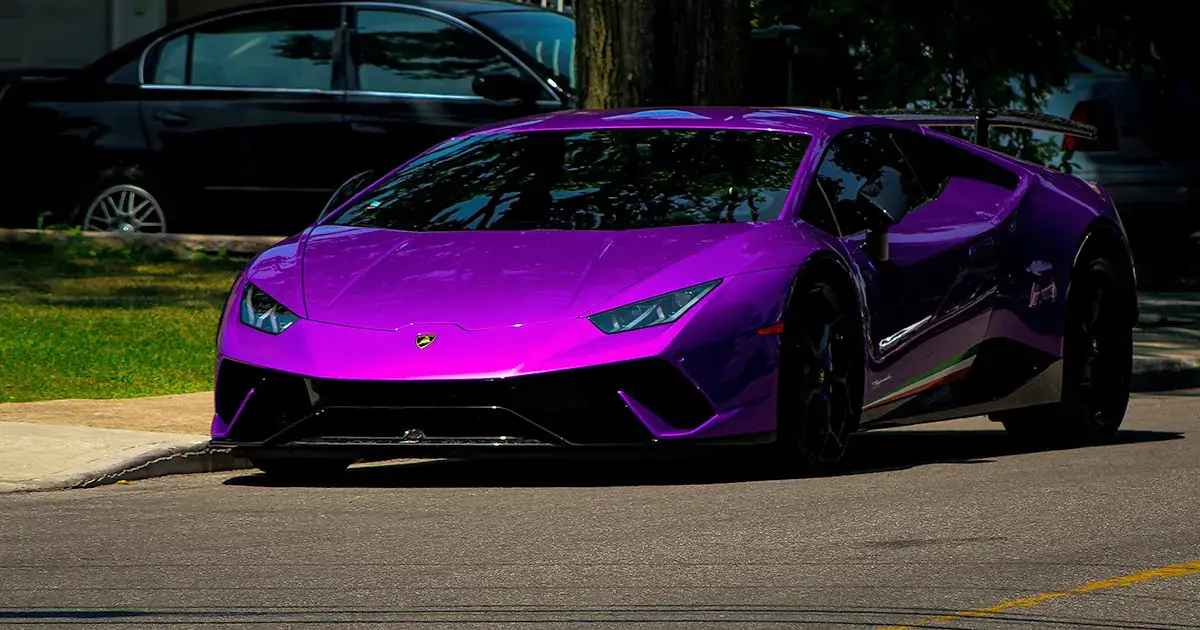
by Support Tech | Jun 8, 2025 | RESOURCE LIBRARY, ARTICLES, Window Tint
A person might choose to have the windows on their car or truck tinted for a variety of reasons. No matter why you’re interested in window tint, the team here at BestCarAudio.com strongly recommends that you take your time to pick a shop that’ll do a good job. We’ve...
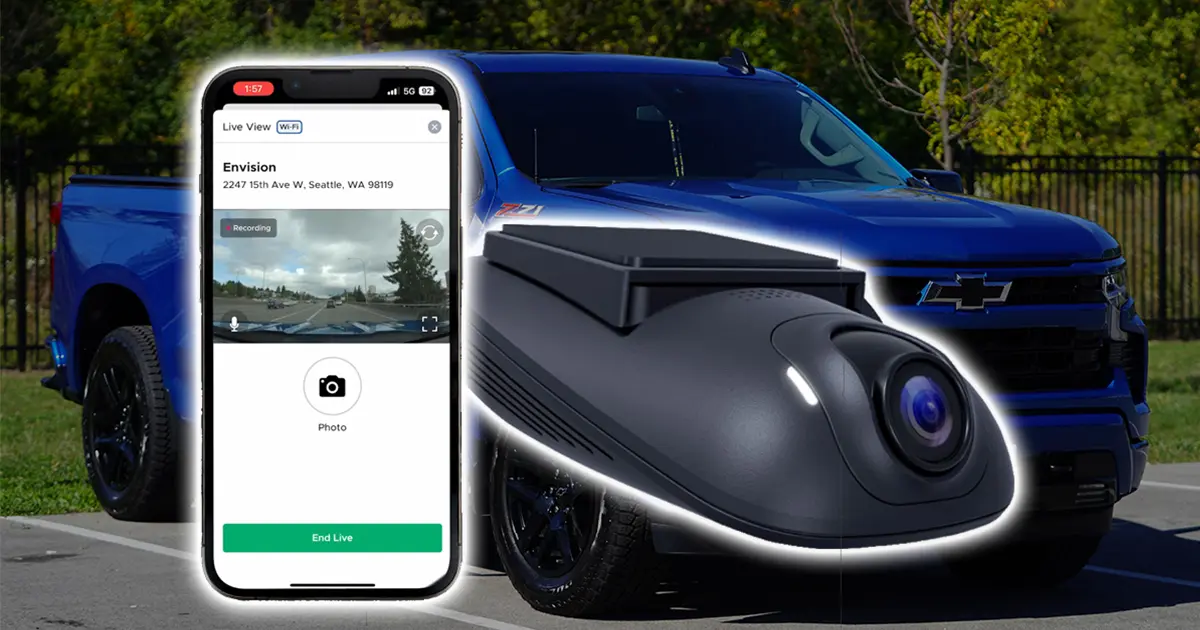
by Support Tech | May 26, 2025 | RESOURCE LIBRARY, ARTICLES, Backup Safety, Driver Safety, PRODUCTS
Thieves frequently target vehicles from Hyundai, Kia, Toyota, Lexus, RAM, Chevrolet, and Honda. These vehicles are often stolen for their parts or exported overseas. Well-integrated anti-theft systems like those from Compustar greatly reduce the chances that a thief...
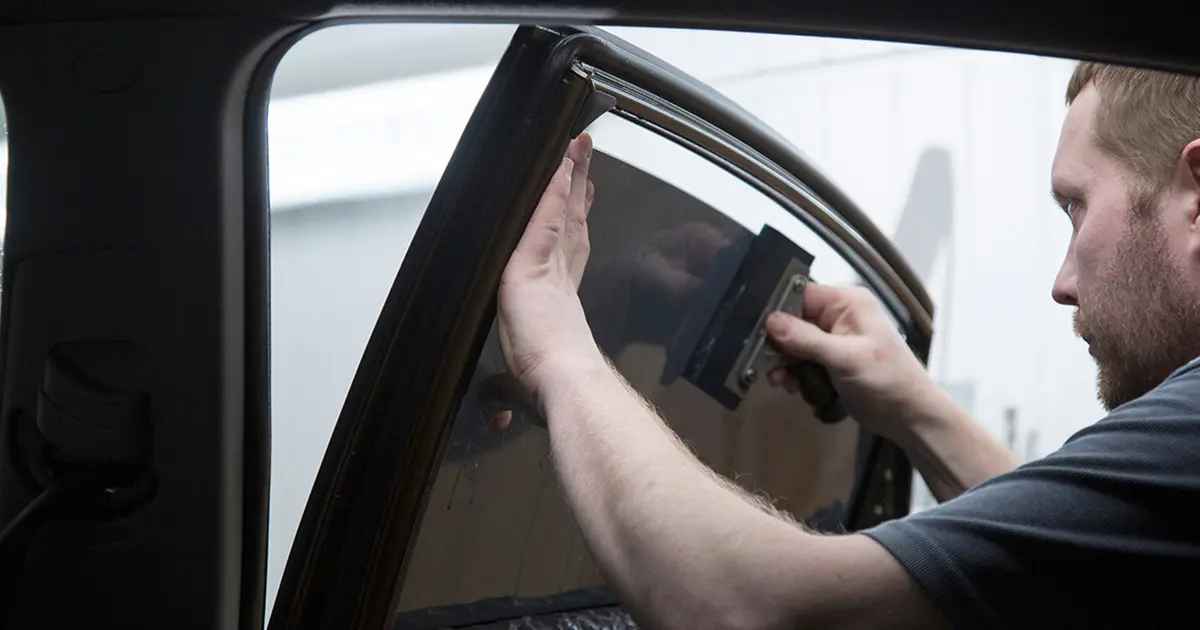
by Support Tech | May 25, 2025 | RESOURCE LIBRARY, ARTICLES, Window Tint
Shopping for high-quality window tint for your car or truck isn’t much different from shopping for any other automotive accessory upgrade. There are high-performance tint films available and low-cost solutions. Some shops are great at what they do, and some only worry...
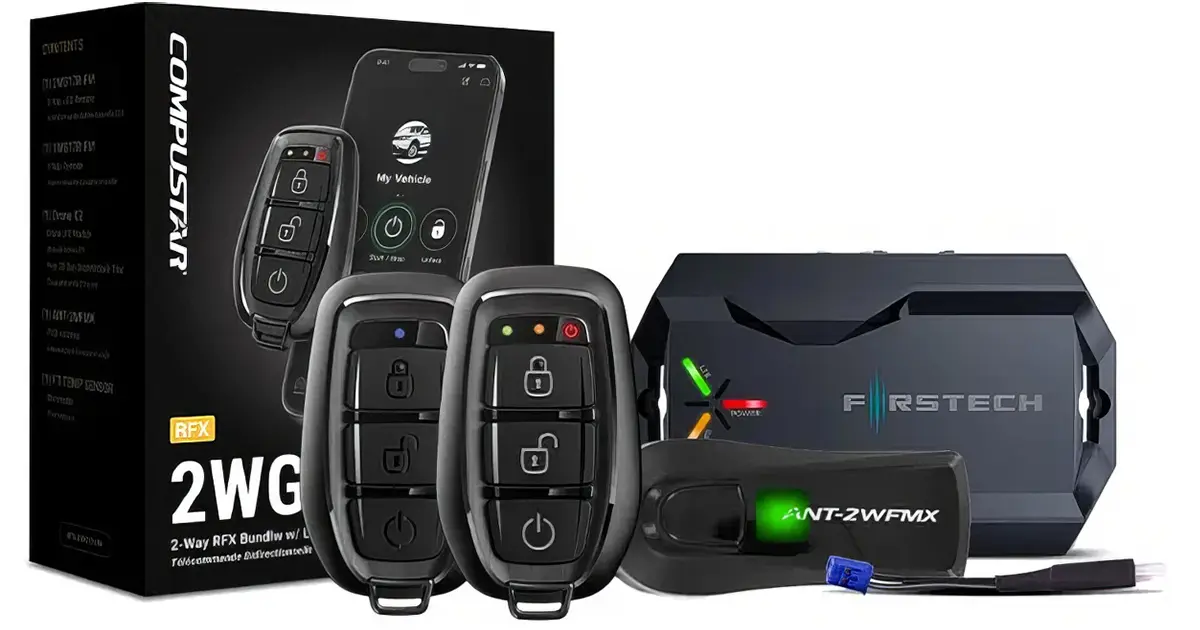
by Support Tech | May 19, 2025 | RESOURCE LIBRARY, ARTICLES, PRODUCTS, Remote Car Starters
Compustar was one of the first brands to allow consumers to choose a remote control package to accompany their remote start controller. Previously, we looked at flagship-level solutions like the PRO T13 and PRO R5. In this spotlight, we’re taking a closer look at the...
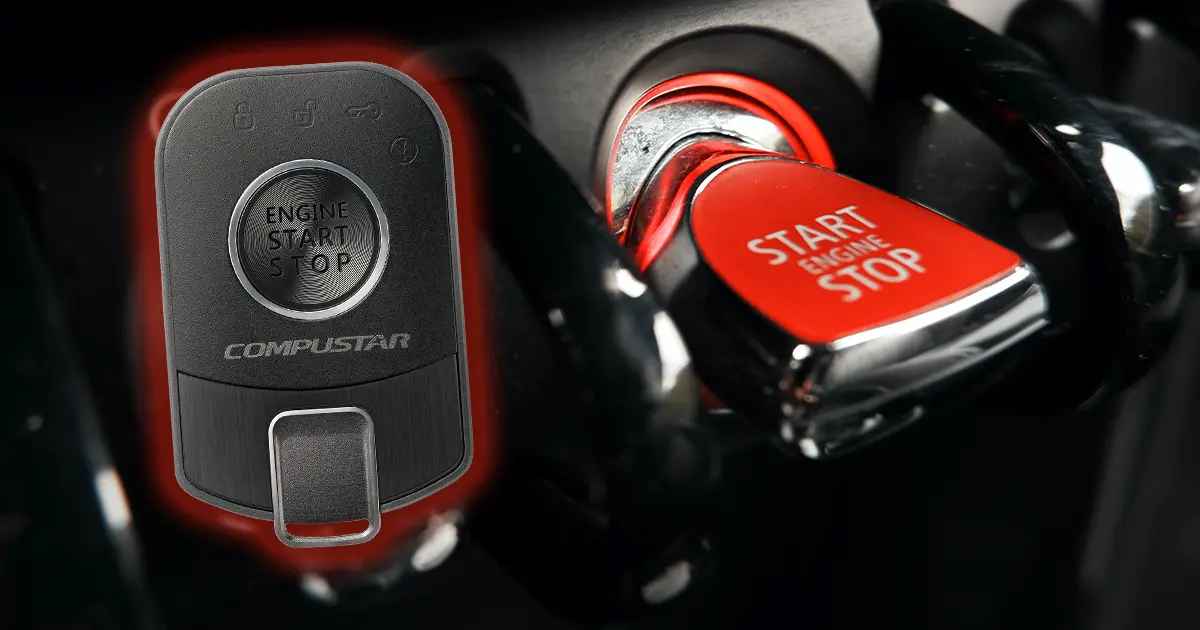
by Support Tech | May 11, 2025 | RESOURCE LIBRARY, ARTICLES, Remote Car Starters
We can’t count the number of times we’ve heard about someone calling a mobile enhancement retailer to get a price on a remote starter. This certainly seems like the logical first step. What most consumers don’t understand is that the performance and reliability of a...
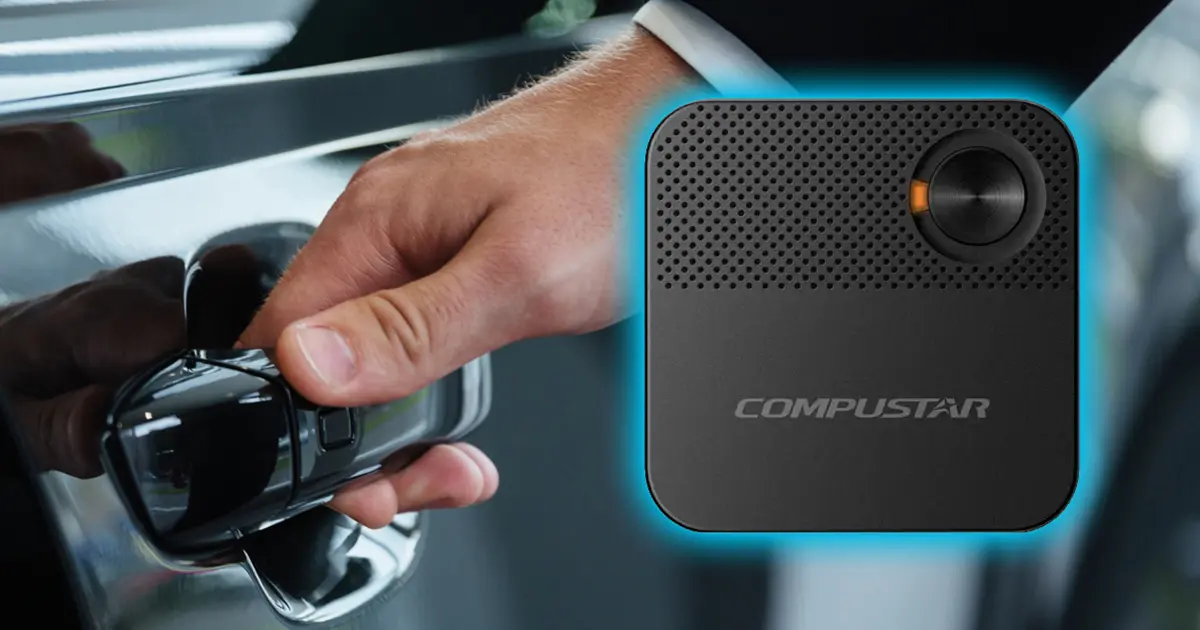
by Support Tech | Apr 28, 2025 | RESOURCE LIBRARY, ARTICLES, Driver Safety, PRODUCTS, Remote Car Starters
Hands-free proximity unlocking is a feature found on many new cars and trucks fresh off the showroom floor. The Compustar EZGO-II adds this convenience to your remote car starter or security system. Let’s take a close look at this unique keyless entry solution. What...







